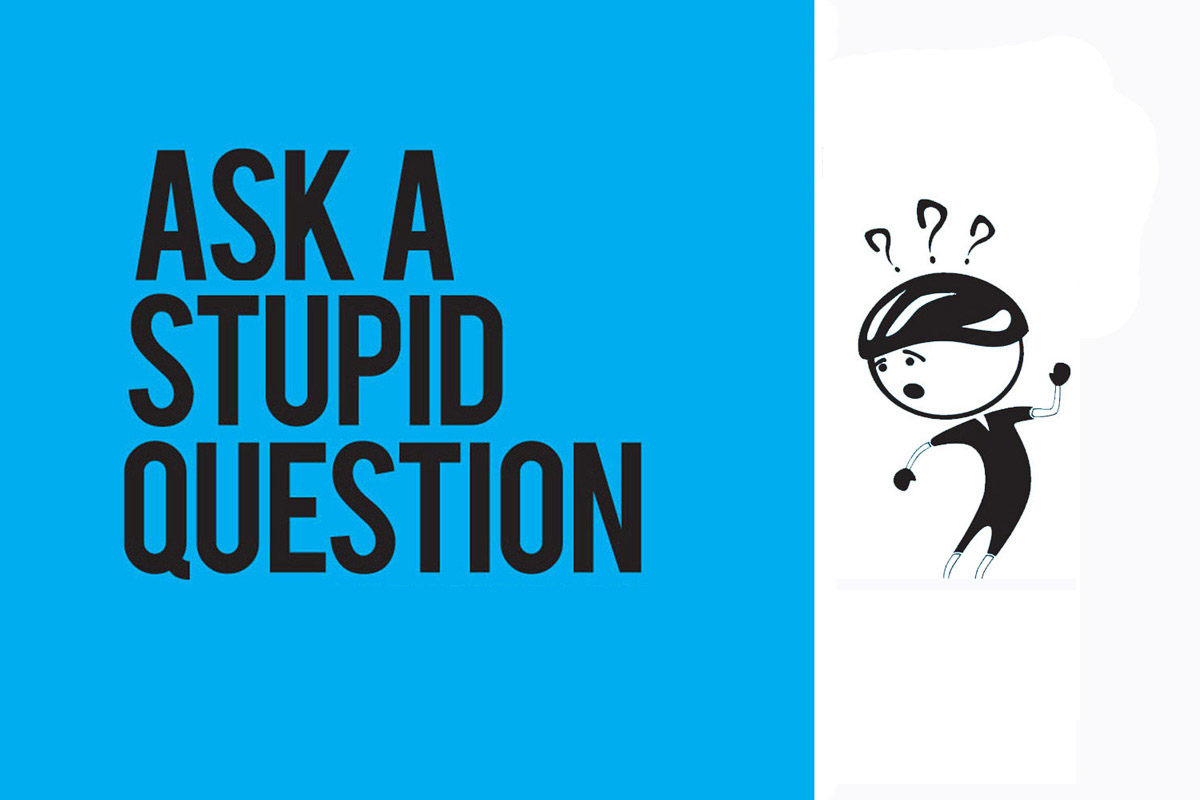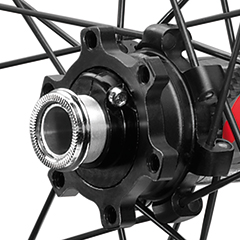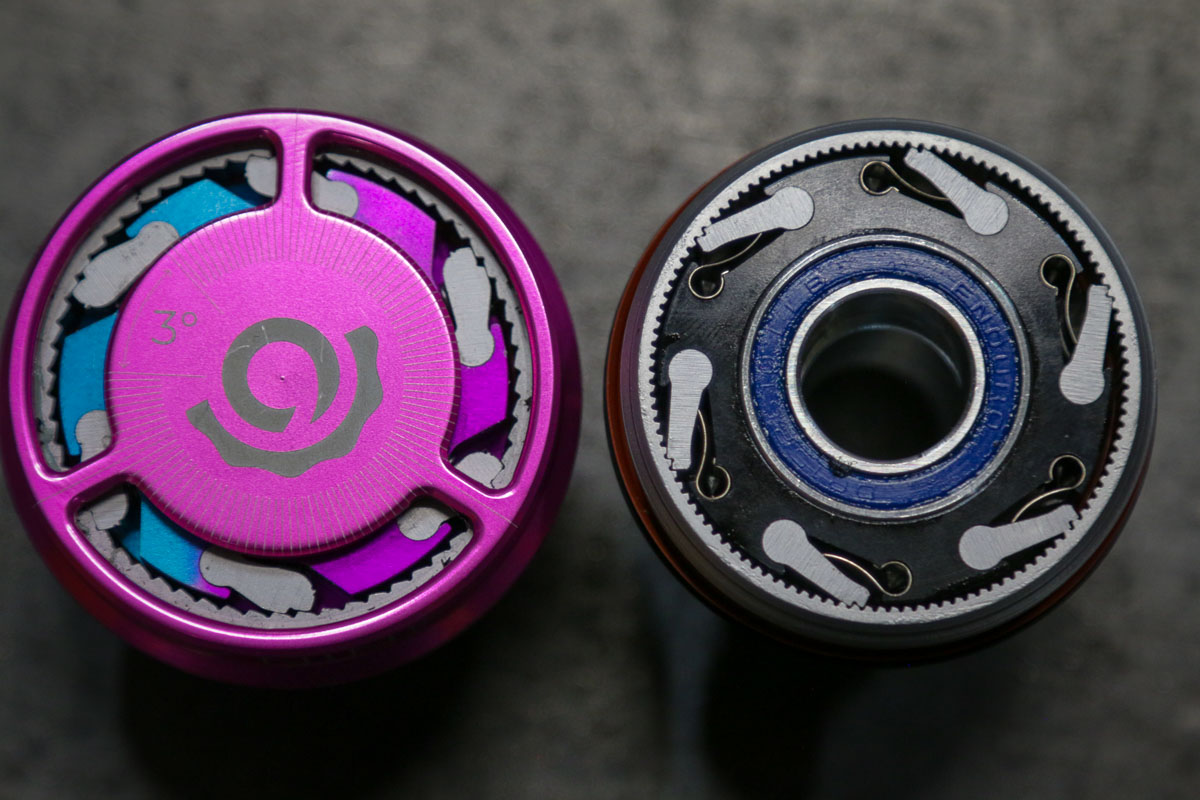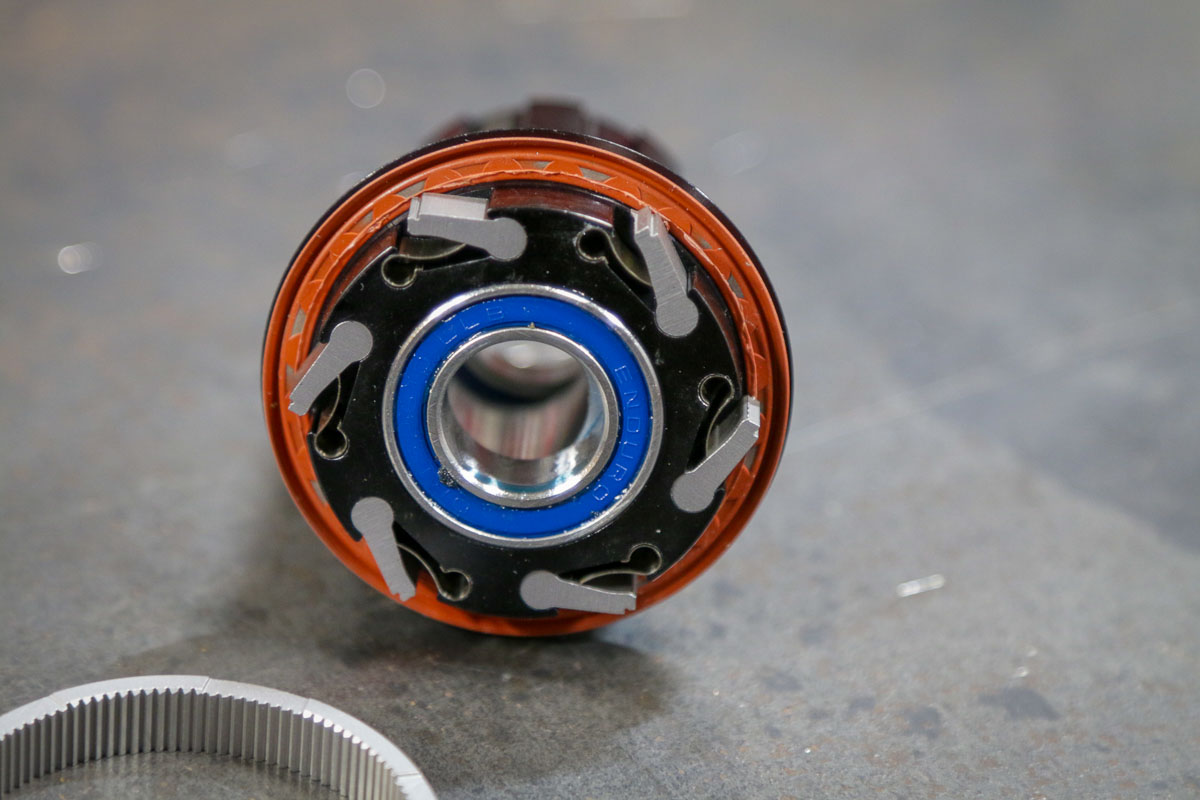We know, there’s no such thing as a stupid question. But there are some questions you might not want to ask your local shop or riding buddies. AASQ is our weekly series where we get to the bottom of your questions – serious or otherwise. Hit the link at the bottom of the post to submit your own question!
We took four interesting questions from readers on wheel building, hub design, pawl grease and hub engagement and put them to the industry experts. VP and Product Manager Jacob McGahey of Industry Nine, known for the exquisite noise and insane engagement of their freehubs, Graham Stock from Sixth Element, known for his carbon mountain bike wheel building, and finally, UK-based Hunt Bike Wheels, all put their proverbial two pence in, to shed light on the matters.
Cones seem to be made of a softer metal to wear out first in cup & cone bearings. How hard are the cup and balls in relation to the cones? Better hubs also seem to have harder cones. How does it affect the longevity of the cups, or are they also harder than in cheaper hubs?
HUNT: This is likely to vary from manufacturer to manufacturer. Hub bearings will last for many miles as long as they are kept clean and lubricated. It is when grease is washed out and/or contamination finds its way into a hub that wear is accelerated. If the cup is damaged and it isn’t replaceable, then the owner might need to consider a new hub and a wheel rebuild. The key to a long life (with cup and cone hubs) is regular service intervals, ideally in the preventative sense. Many manufacturers (us here at HUNT included) use sealed cartridge bearings, as they require minimal maintenance and can be replaced fairly easily. As a cartridge bearing contains both the bearings and races in one unit, for the relatively small cost of bearing replacement, the hub will feel as new.
When building up older hubs onto newer rims, how do you figure out spoke length? I am not quite sure how to go about calculating the lengths for wheels with special lacing patterns like paired spokes with Bontrager/Rolf.
HUNT: As far as we know, there aren’t any spoke calculators available for this style of hub. Manual calculation/trial & error would be the only way, and that is what some of us here have had to try in the past. Having said that, any such hubs would have been designed to be paired with specific rims, spokes and nipples. As such, we would generally advise against building a hub into a wheel using components that weren’t designed to work together as one system.
Industry Nine: If you are rebuilding the wheel to another paired spoke rim, the best option is to find out the original spoke length and the original rim ERD. Calculate the difference between the two rims ERDs and then divide by two and you will find out how much longer or shorter of a spoke length you need for the new build.
Sixth Element: The good news is that the hubs are most likely to be able to be used on normal (i.e. non-paired spoke) rims. This is because the ‘pairing’ only takes place at the rim end of the spoke, not at the hub end. So, if you have an old wheel with say, 24 spokes (12 pairs), then you can use that hub on a normal 24 hole rim. In terms of spoke length, there are various calculators online – just google ‘spoke length calc’ – the results on the first page should all be helpful.
How does MTB hub engagement relate to crank “freestroke”? Doesn’t a smaller chainring reduce “virtual PoE”, requiring more of a crank turn to engage? Wouldn’t a higher gear and shorter crank result in faster engagement? Does this imply that high hub engagement is something more for slower speeds?
HUNT: Quicker hub engagement will reduce the movement required at the pedals, enabling you to accelerate quicker when pedaling out of corners. HUNT MTB hubs have as little as 3 degrees of engagement. Chainring choice should be dictated by the gearing required by a particular rider on a particular bike riding particular terrain, and this does inherently not have an impact on engagement. You are correct in saying that lower speeds, but particularly lower gearing, makes hub engagement more important as the movement at the hub is amplified at the pedal by the lower gear ratio. Crank length would have a very small effect (with a longer crank, a further distance is traveled by the pedal at the same engagement angle), however decisions around crank length would primarily be based upon more significant factors such as ground clearance and rider proportions.
Industry Nine: This is a great question. Changing your chainring or what cog you are in won’t change your POE (points of engagement) as this is simply the number of pawl engagements you have for 360 degrees of freehub rotation in relation to the hub shell. However, going to a smaller chainring or a larger cog on the cassette will certainly increase the maximum degrees of rotation at the crank arm that is allowed before a pawl(s) engages if your wheel is not spinning. In a repair stand, this means that you will have more degrees of movement before you engage in a lower gear. However, on the bike, at higher speeds the wheel is rotating much faster in relation to the FH when you are coasting. If you were pedaling in your lowest gear at 90 RPM and were to coast and maintain the same speed, then re-initiate your pedal stroke at X number of inches/second, it would take roughly the same amount of movement to engage as it would if you were pedaling at 90 RPM in your highest gear and performed the same action. This is because the wheel is rotating so much faster and the FH will have to “catch up” to the speed of the wheel.
What lube should I use on the pawls inside my hub?
HUNT: This is dependent on the manufacturer. Here at HUNT, we use a grease specifically formulated for our freehub bodies. What is fairly universal (due to the nature of most freehubs which use pawls and springs for engagement) is that any lubrication should be thick enough to not wash out easily and, particularly, that the viscosity is enough that the lube doesn’t get squeezed out from between the pawl and ratchet when the hub engages. For that reason oils aren’t recommended for lubing freehub mechanisms. A low viscosity grease should do the trick, and a light coating of the freehub components is all that’s needed – too much grease in there could hamper the function of the freehub body and attract dirt.
Industry Nine: This is really dependent on the type of FH system. For Industry Nine Hubs, we recommend Dumond Tech freehub grease for quieter operation or Dumond Tech freehub oil for the lowest possible coasting friction. You can substitute other “liquid” type freehub greases if needed but never use a thicker waterproof style grease. For other manufacturers’ hubs I would recommend reviewing their owner’s manuals or contacting them directly.
Got a question of your own? Click here to use the AASQ form to submit questions on any cycling-related topic of your choice, and we’ll get the experts to answer them for you!




